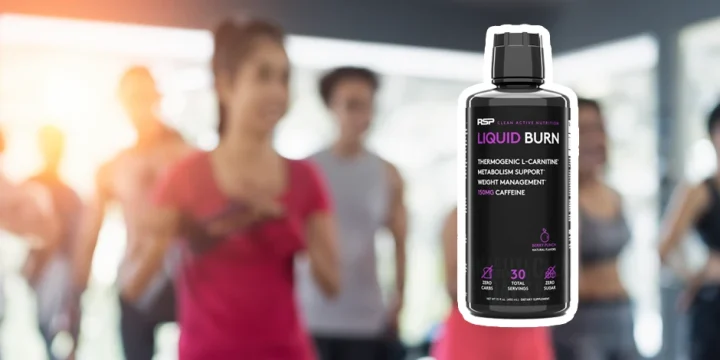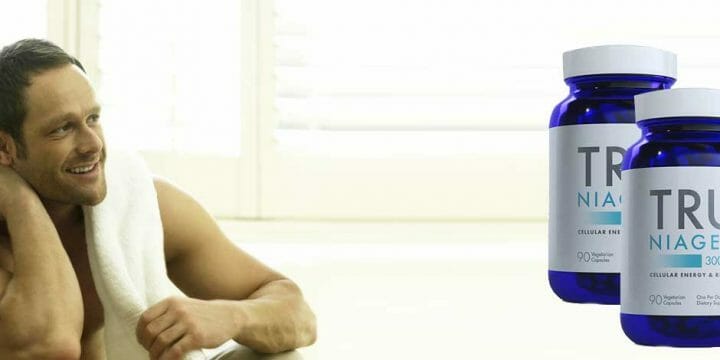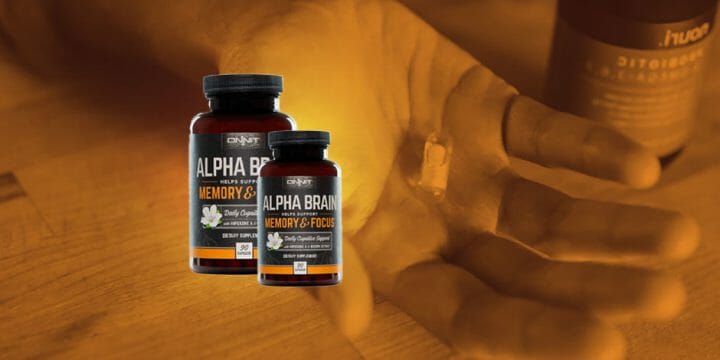With more than a decade of experience as a fitness coach, I often guide my clients on the importance of effectively counting calories, emphasizing that it all starts with understanding their daily requirements.
Taking into account variables like age, activity level, and fitness objectives, I've collaborated with trustworthy sources and consulted a nutrition professional to create a personalized calorie target tailored to each individual's specific needs.
This article aims to help you discover the easiest method for counting your calories, ultimately enhancing your daily energy, sports performance, and overall well-being.
Quick Summary
- To count calories effectively, start by figuring out your daily caloric needs based on factors like age, activity level, and fitness goals.
- Jotting down what you are eating the entire day can help you easily track down your calorie intake.
- FDA regulations for food labeling allow a margin of error of 20%, potentially leading to inaccuracies in the calorie counts listed on nutrition labels.
- In my opinion, using calorie counting apps can effectively help you track your progress toward nutrition, fitness, and weight loss goals.
How to Track Calories in 8 Ways
The most challenging aspect of calorie counting for weight management is consistency, whether you're aiming to reduce or increase your calorie intake.
Here are tips to help you stay consistent in tracking your calories, making it easier to modify your diet for weight loss or gain.
1. Start with Your Normal Diet
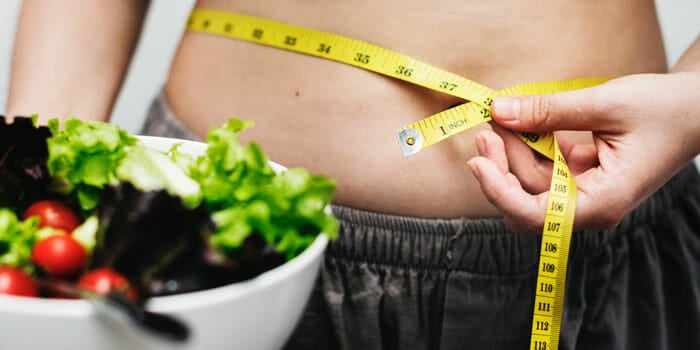
While it might be tempting to immediately jump into a caloric deficit or surplus for weight loss or gain, setting overly ambitious calorie goals can backfire.
Begin by recording your current calorie intake without making immediate changes. This helps you understand the quality and quantity of your diet, making it easier to identify effective modifications.
Also, take note of how you feel on high and low intake days, providing insight into the surplus or deficit your daily calories can accommodate.
As a fitness trainer, I advise clients to start a new diet by acquiring low-calorie protein sources, snacks, or developing a weekly meal plan.
2. Choose a Calorie Counting App
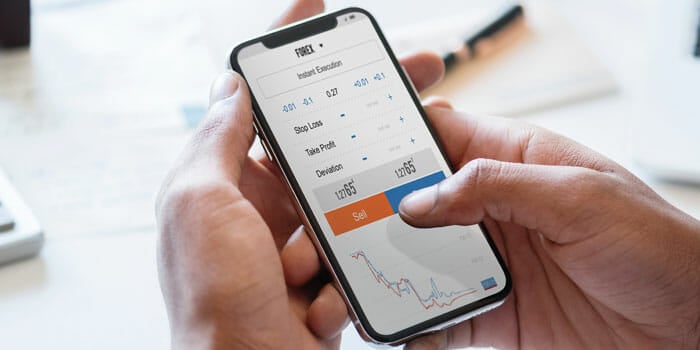
Tracking calories can be challenging, especially when calorie information is unavailable for many foods consumed daily.
Luckily, there's been a surge in calorie counting apps in recent years, accessible on popular phones and websites. These apps provide massive food databases with pre-recorded caloric and nutritional values.
Consistent app use streamlines the process, allowing you to save common foods for quick input. Following a meal plan can further simplify calorie tracking and weight loss.
3. Make Small Adjustments
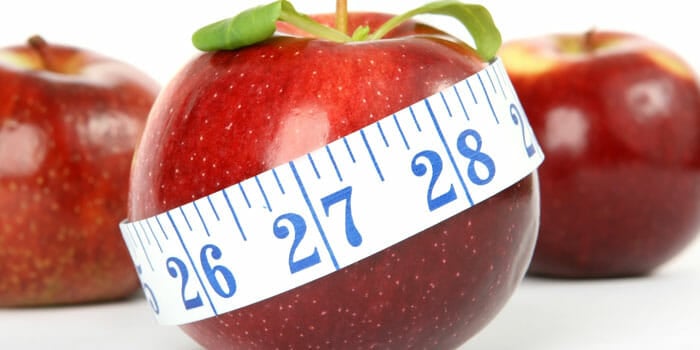
After monitoring your regular intake for a few days, set realistic calorie goals, but steer clear of the common error of establishing an overly ambitious deficit or surplus too soon.
Starting with too few calories can backfire, putting your body in starvation mode, slowing metabolism, and halting weight loss. It also increases the likelihood of bingeing later.
Instead, set a modest goal, aiming for a calorie count that leads to losing about half a pound per week. This approach can help you maintain healthy eating habits and achieve your weight-loss goals.
4. Log Food as You Eat It

To stay on track and maintain precise calorie counting, it's essential to log your meals right after finishing. By tracking after each meal, you remove the need to second-guess the accuracy of your log.
Also, avoid logging during your meal to prevent it from becoming tedious and hindering your enjoyment of the food.
If immediate recording isn't feasible, consider taking a picture of the nutritional information on the package and log it as soon as you can.
An example of a healthy snack with nutritional value on the package are protein bars.
5. Get Used To Estimating Food
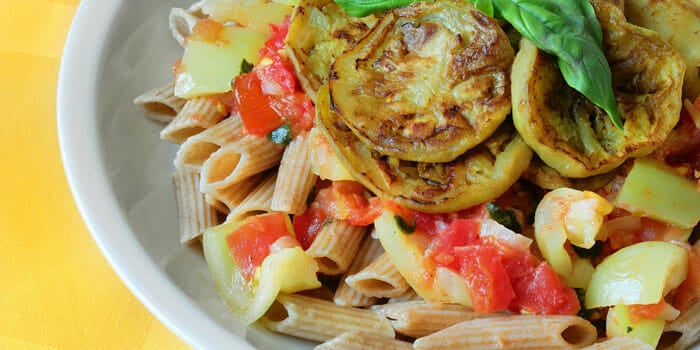
Despite your best efforts, there will be days when you're tempted to skip recording a meal for calorie counting.
To effectively manage weight loss and stay consistent with recording meals, practice estimating calorie counts.
Begin by using a food scale and maintaining your usual diet to develop a sense of estimating meal calories.
6. Use a Kitchen Scale to Measure Food
Accurately estimating food portions is one of the challenges in calorie counting, and guessing by sight can lead to significant over- or under-estimations.
A kitchen scale, available affordably online and in many stores, allows precise measurement of your food, ensuring accurate calorie counts.
Opt for scales with options to weigh in grams, ounces, pounds, and kilograms. Weighing your food with each meal provides confidence in obtaining the most accurate calorie counts.

7. Google It
Accidentally discarded the packaging before logging your calories?
No worries, as there are online options for calorie counting. If you recall the brand, the USDA database includes almost all approved foods [1].
For more obscure items, Nutritionix offers a comprehensive food database covering everything from dragon fruit to haggis.
Various online calculators, easily found through a Google search, can guide you in recording calories for these products.
8. Look For Recipes With Indicated Calories

For those following recipes to lose weight, free online resources offer meal plans with calorie details for each item and the total meal.
Be cautious, as even small recipe changes, like substituting olive oil for butter, can significantly alter calorie types.
For additional information, refer to our guide on how to lose weight.
"One tablespoon of olive oil contains approximately 120 calories, while 1 tbsp. of butter contains about 100 calories. You may choose to consume these fats based on personal taste since the two do not differ much in calorie count. However, there are differences in the nutritional qualities between olive oil and butter."
- Pha Lo, Livestrong
What Are Calories?
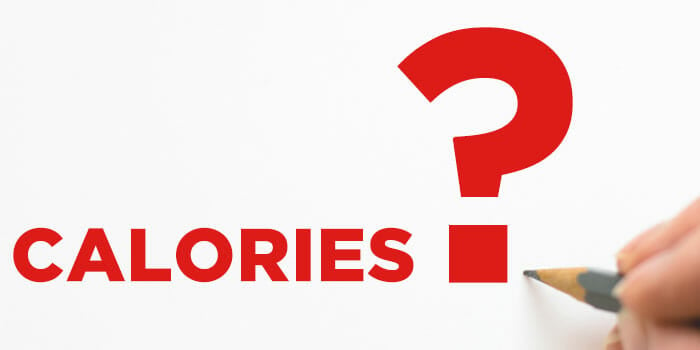
Calories are units of energy measuring the heat required to raise one kilogram of water by one degree Celsius. This measurement is specifically known as the large calorie, or kilocalorie (kcal).
The calories you consume are vital for bodily functions like breathing, digestion, and daily activities such as walking or lifting.
Excess calories are stored as fat, causing gradual weight gain. To ensure the right quantity and quality, focus on macronutrients.
Research in The New England Journal of Medicine indicates that weight loss is associated with an intake of a diet high in vegetables, whole grains, fruits, nuts, and yogurt [2].
Maintaining a crucial balance of protein, carbohydrates, and fats is key to achieving and sustaining a healthy weight.
"Apparently, it looks as if cutting fats and alcohol from your diet, while eating more protein and carbs, would allow you to take in fewer calories and therefore you should be able to lose weight....It’s not about the quantity of food; it’s about the quality of where it came from and how these nutrients react with our biochemistry."
- Dr. Debbie Bright, Strength Matters
The Science Behind Calorie Counting
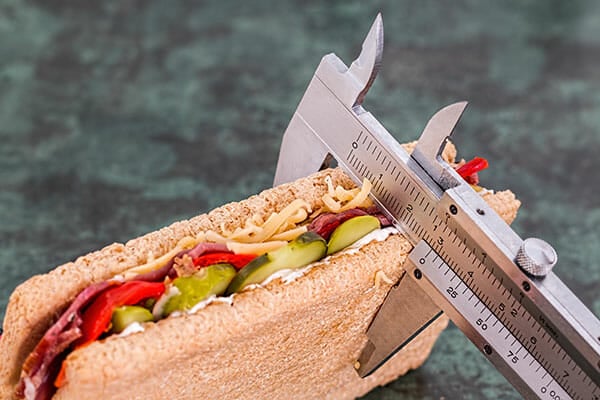
At the core of any diet or exercise routine is managing a calorie deficit or surplus. To gain weight, aim for a surplus, and for weight loss, aim for a deficit. It’s that simple.
Regardless of your goal, determine your daily calorie intake using a Total Daily Energy Expenditure (TDEE) calculator.
Input your age, sex, weight, and fitness levels to find your BMR or basal metabolic rate—an estimate of calories burned at rest. The TDEE calculator helps adjust your daily calorie count to meet your goal.
Now that you have your daily calorie target, start tracking through a sustainable system.
If you’re not sure how to calculate calories in food, there are apps such as MyFitnessPal or LoseIt! that can help you conveniently track on your phone.

Are There Other Body Weight Planners?
There are other body weight planners available, and one option worth considering is the Body Weight Planner from the National Institute of Health [3].
If you have access to nutrition labels, it's crucial to pay attention to serving sizes to avoid unintentional overindulgence.
For those without a gym routine or looking to boost their exercise alongside their diet, the Body Weight Planner is a valuable tool. It aids in estimating the calories needed to achieve your ideal weight by a specific date.
References:
- https://ndb.nal.usda.gov/ndb/search/list
- https://www.ncbi.nlm.nih.gov/pubmed/
- https://www.niddk.nih.gov/bwp
About The Author
You May Also Like
